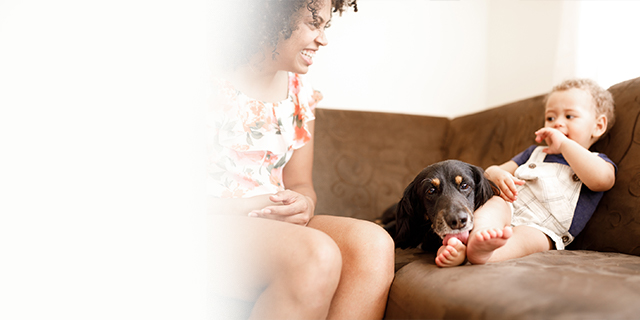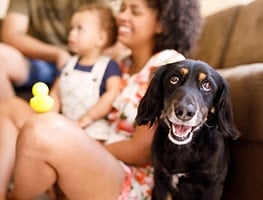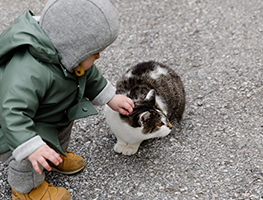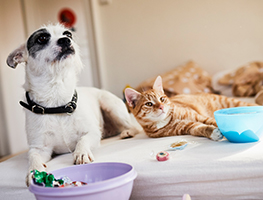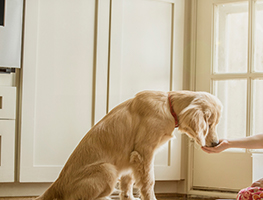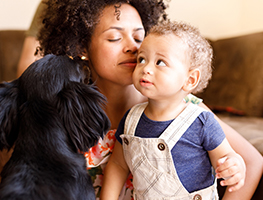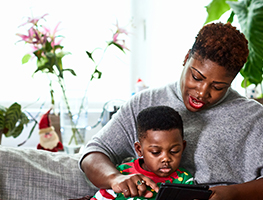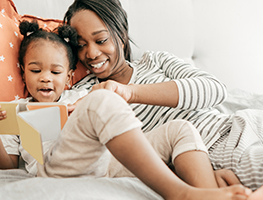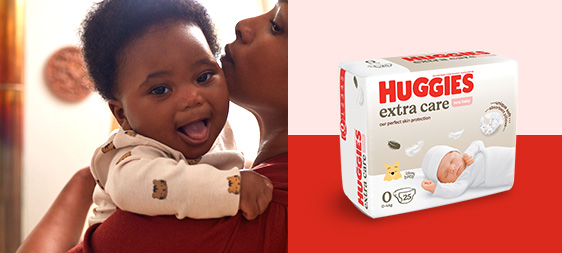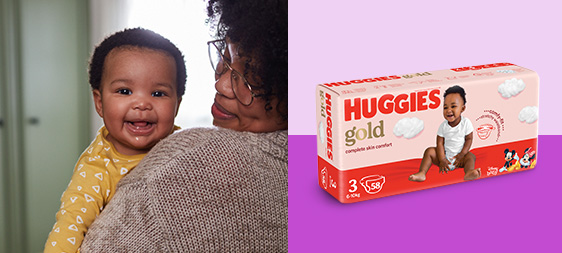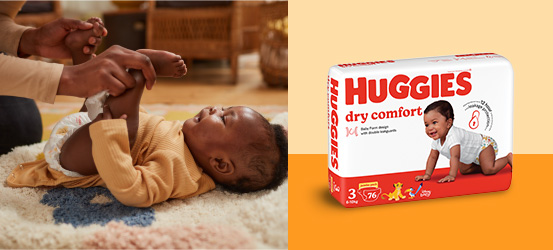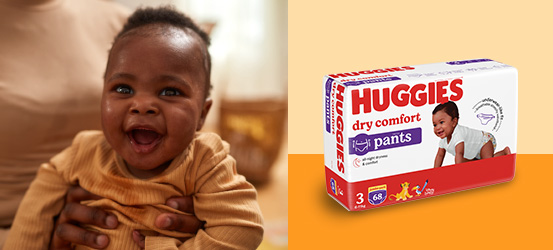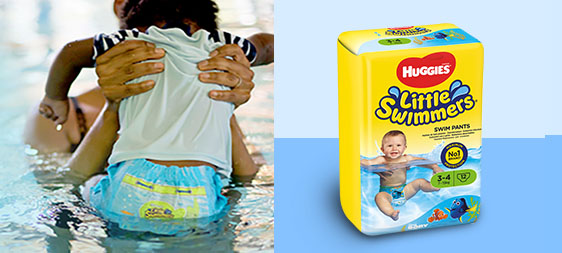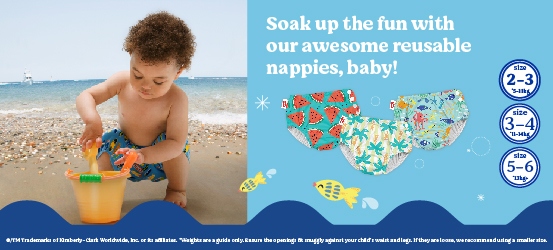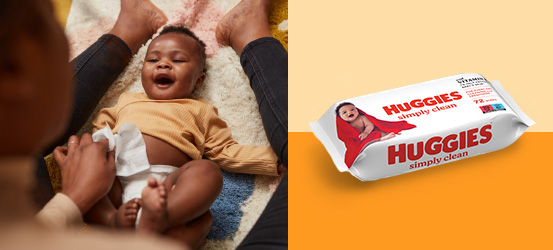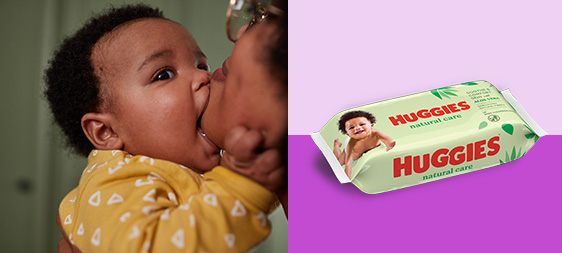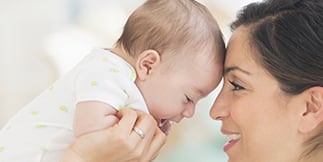It is always with great sadness that I hear stories of children who’ve been bitten by dogs. It always seems so unnecessary and, more often than not, the dog is blamed when the responsibility really lies with the owner who has failed to train and socialise their dog properly, or the parents of the child who have not been supervising properly.
Owning a dog can be a wonderful experience for a child. Not only do dogs provide unconditional love and friendship, but they also teach children responsibility and give them an understanding of life. Young children are at the greatest risk of being bitten by their own dog or a friend’s dog in or around their own home, whereas older children and adults are more likely to be bitten in public places like parks.
Remember, any dog can bite – even the most laid-back and trustworthy. A dog may bite because it is scared and all its warning signals have been ignored. An easy-going dog may also bite if it is woken from a sleep and is disorientated, and a dog that is great around the house may be very protective of its food or toys and bite if a child tries to take these away.
There are a few golden rules to help minimise the risk of children (or adults) being bitten by dogs:
Always ask the owner for permission before you pat a dog. Even the happiest looking Golden Retriever is capable of biting, and no-one should know better than the owner whether the dog is friendly or not.
Never pat a dog on top of the head or with an open palm. Both these gestures can be seen as threatening and the dog may act defensively. Instead, approach the dog from an angle and offer your hand as a fist allowing the dog to sniff it before tickling under the chin. If the dog doesn’t sniff or backs away, ignore him and walk slowly away.
Never approach a dog that is eating or chewing a bone. Dogs can become very protective of their food and children must be taught that this is the dog’s private time and they must be left alone.
Never wake a sleeping dog as this may frighten him and he may bite defensively to protect himself.
Don’t play chasings with dogs. As children get excited and squeal, dogs also get wound up and join in the fun. The trouble is, they often accidentally knock children over and don’t understand when the game is over.
Always supervise young children with dogs, as they often think of a dog as another toy and pull its tail, ears, etc. Some dogs will tolerate this, but many act defensively because this is their way of telling a child to leave it alone.
Choose your dog wisely. Talk to your vet about the right breed of dog for your family and make sure you buy from a reputable breeder. Temperament is partly inherited, so be sure to meet the parents of your puppy and be comfortable with their behaviour.
Socialise and train your dog. This cannot be stressed enough. A well-behaved dog is a delight to own and it is your responsibility to raise a dog that you are proud to take out in public and who will obey basic commands such as SIT, STAY, DROP and COME.
Train your child too! Teach them basic rules such as not to pick up your dog or pat on the face. Children need to know that there are certain times when touching the dog is out of bounds.
Seek professional help if necessary. If your dog shows any signs of aggression, such as growling or protection of food or toys, it is worth seeking advice from an animal behaviour specialist or professional dog trainer. These problems can often be stopped if managed early, but can become serious if allowed to continue. It is not worth the risk and will help give you peace of mind.
For more information see Kids and animals or Parenting.

